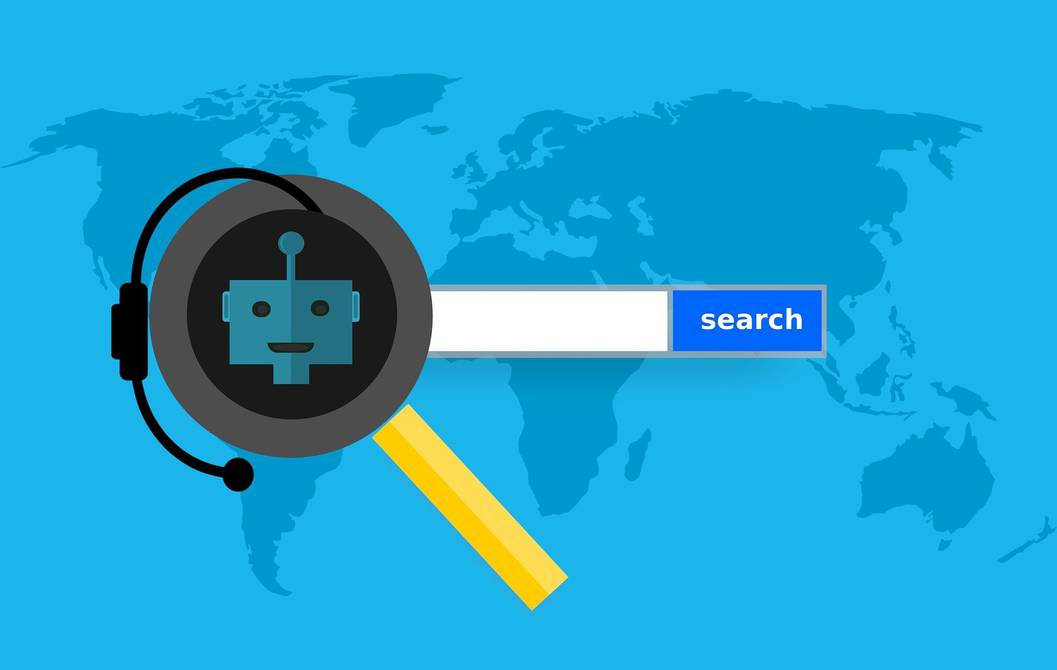No products in the cart.

This system is responsible for carrying out activities that for a person would be almost impossible or very tedious.
A bot (robot apheresis) is a computer program that manages to simulate human behavior within the internet. This has the ability to automatically perform repetitive tasks, such as sending messages, emails or posting on social networks such as Instagram, Facebook or Twitter.
This system is responsible for carrying out activities that for a person would be almost impossible or very tedious, according to a publication on the El Universal website.
According to Akamai Technologies, automated robots generate up to 70% of the total traffic of the world’s current websites. For this reason, many companies in the world have chosen to invest in “bot management” strategies, not only to use them and promote their content, but to avoid their malicious use, the El Financiero portal points out.
However, not all bots are used in a positive way, there are also bad guys. One of these cases is detected by the cybersecurity company CheckPoint Software, which last year discovered a bot called Phorpiex, which used nearly 450,000 previously infected computers to deliver millions of threatening sexual extortion messages to innocent recipients.
According to the firm, this bot emitted up to 30,000 emails per hour. The company found that due to these messages, there were transfers to an electronic wallet associated with Phorpiex worth more than $ 110,000.
What types of bots are there?
Although they might all look the same, there are actually different types:
Web crawler: it investigates and collects data from internet sites automatically. Due to the amount of information it manages, this activity would be impossible for one person. This is also known as a web indexer or web indexer.
Quick responses: these allow you to have responses faster and more effectively than those that a human could generate, such as in games or online auction sites.
“Chat bots”, those new invaders on smartphones
Web editors: used to locate and correct editing errors on websites, such as spelling mistakes, for example.
Chatbots: these are the most popular, since they interact and communicate with people on social networks, when developing a new identity or when impersonating that of a person.
They are also generally used to spread political propaganda or support certain organizations.
Bot farms: through these, false profiles of users are created on social networks in order to increase the number of followers of an account, or to alarm Facebook or Twitter users with false news.
What’s your reaction?
Love0
Sad0
Happy0
Sleepy0
Angry0
Dead0
Wink0







